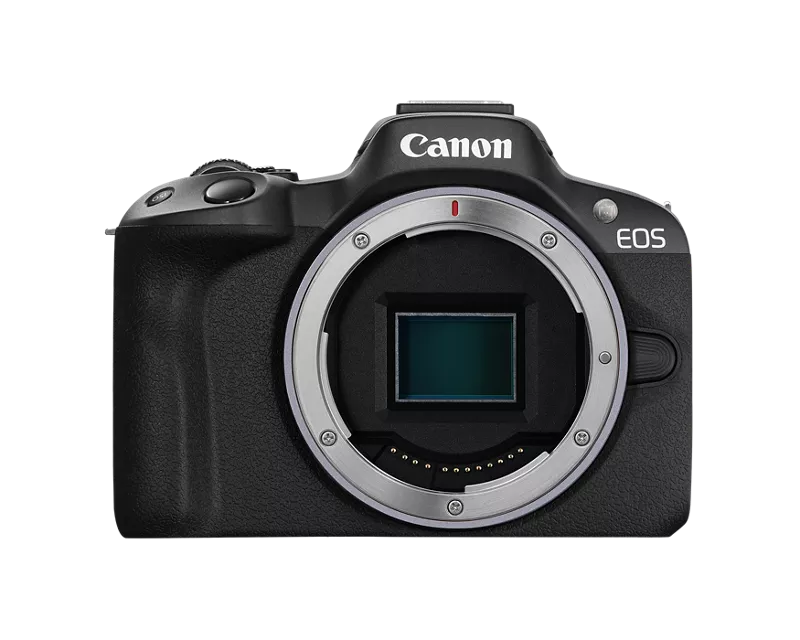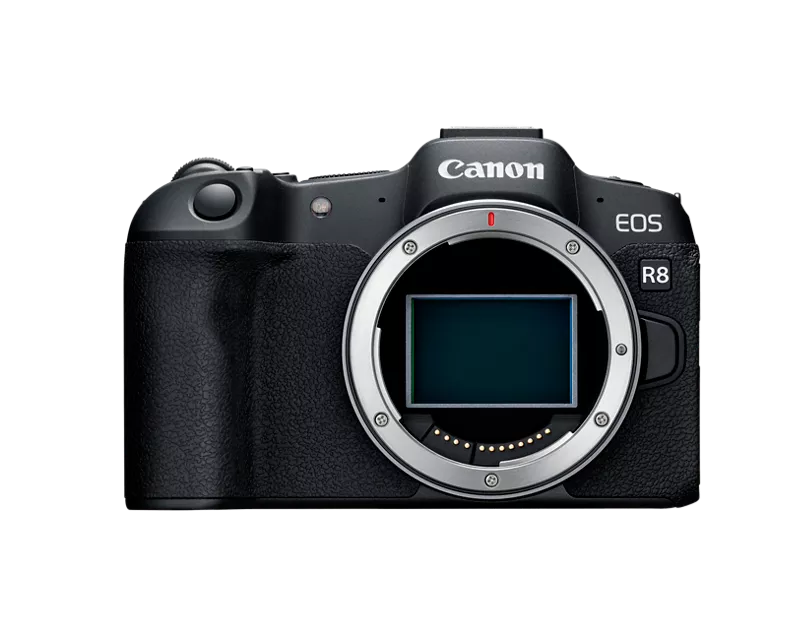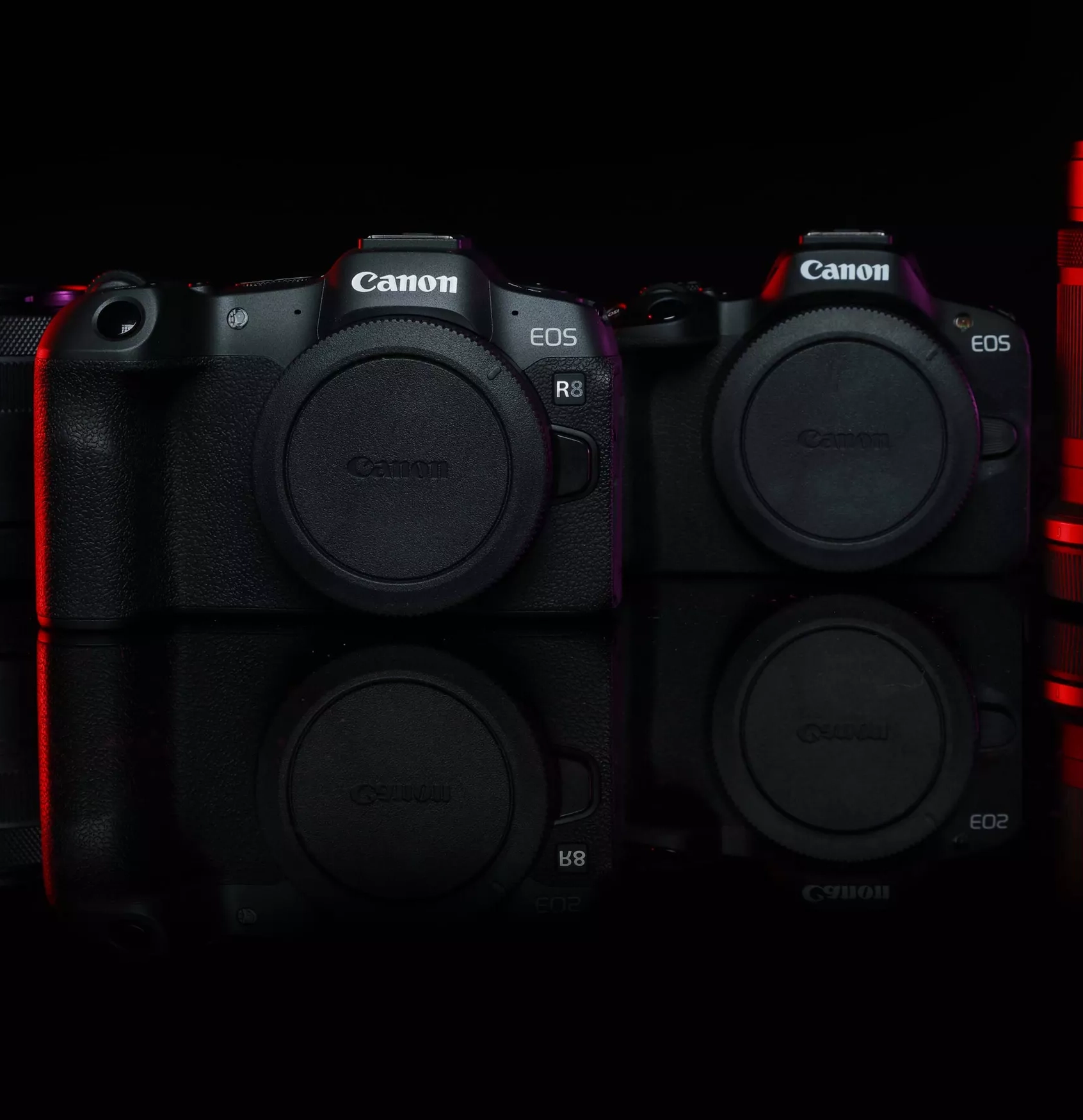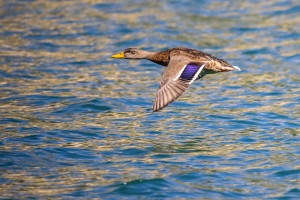Canon has introduced two new cameras featuring an RF bayonet, the Canon EOS R8 and the EOS R50. Both extend the existing portfolio downwards. They are intended for people wanting to get into photography with system cameras and interchangeable lenses as affordable as possible.
Both offer a sensor resolution of 24 megapixels and feature the extensive dual-pixel AF modes known from the more expensive current EOS R models (including subject tracking and detection, person, animal, and eye autofocus). The sensors are fixed, however, neither of them has sensor stabilization.
The R8’s full-frame sensor is identical to that of the EOS R6 II, while the EOS R50 has a smaller Canon APS-C format sensor with a crop factor of 1.6.
Canon EOS R50
The new EOS R50 is currently the most affordable way to get into the Canon RF system.

It offers a 24.2 MP APS-C CMOS sensor with dual-pixel AF, allows continuous shooting at up to 15 frames per second in E-Shutter mode (12 with electronic first curtain). In video, it supports 4K video up to 30p without crop. It offers 10-bit HDR video and HEIF images. Despite its low price, the small camera supports extensive AF modes with tracking and subject detection (people, animals, eye AF…). However, sensor stabilization is unfortunately not integrated.
The integrated OLED viewfinder offers a resolution of 2.36 million pixels. The touchscreen is fully articulated and has a resolution of 1.62 million pixels.
The camera is very small and light (375g), it is intended as an entry-level camera for those for whom the smartphone is no longer sufficient.
According to Canon, the EOS R8 will be available “in spring 2023.” The price is expected to be $679.99 / €829. In the kit with the small standard zoom RF-S 18-45 IS STM, this price increases by $120 / €120.
Based on its specifications, the EOS R50 can be seen as a direct competitor to the Canon EOS M50 Mk II. My guess is that Canon is now slowly discontinuing the M system.
Canon EOS R8
The Canon EOS R8 is a new edition of the well-known EOS RP, with which it shares the body format (unfortunately also the weak battery). It has the same 24.2 MP CMOS sensor as the EOS R6 II and also offers the same AF functions. However, the sensor is not stabilized. The cheaper EOS RP will remain available for the time being.

The EOS R8 is very light (461g) and compact and still achieves a speed of up to 40 frames per second with its electronic shutter. The EOS R8 does not offer a fully mechanical shutter. With the electronic first curtain, the continuous shooting speed is reduced to only 6 frames per second.
In video, it can record up to 4K videos at 59.94p (with 6k oversampling) using the entire sensor width. In Full HD, up to 180 frames/second are possible. Dual Pixel CMOS AF also works in video, with scene detection for people, animals and vehicles. The R8 allows up to 2 hours of continuous video recording. To increase the dynamic range, C-Log3 and HDR PQ recordings in 10bit are also possible.
According to Canon, the EOS R8 will be available “in spring 2023.” The price is expected to be $1,499 / €1,799. When paired with Canon’s RF24-50mm F4.5-6.3 IS STM standard zoom, which is also new and very compact, the price increases by $200 / €200.


